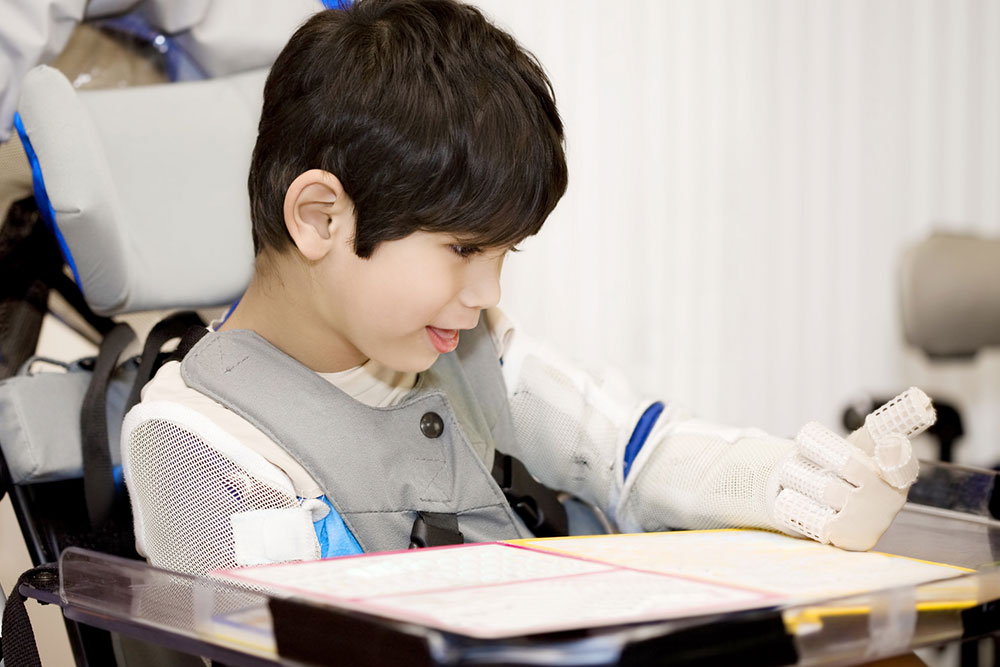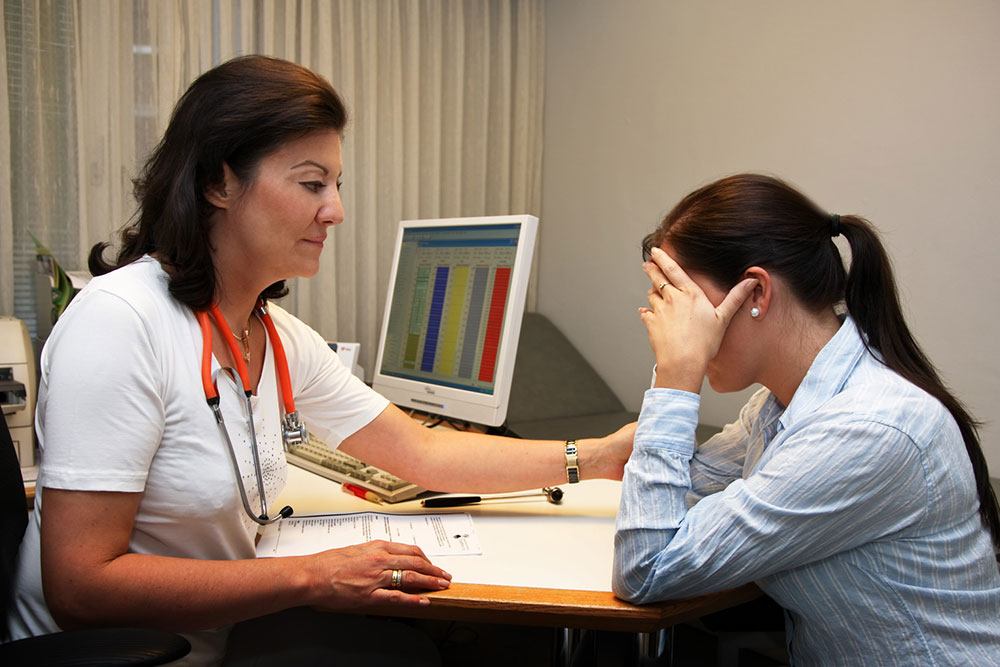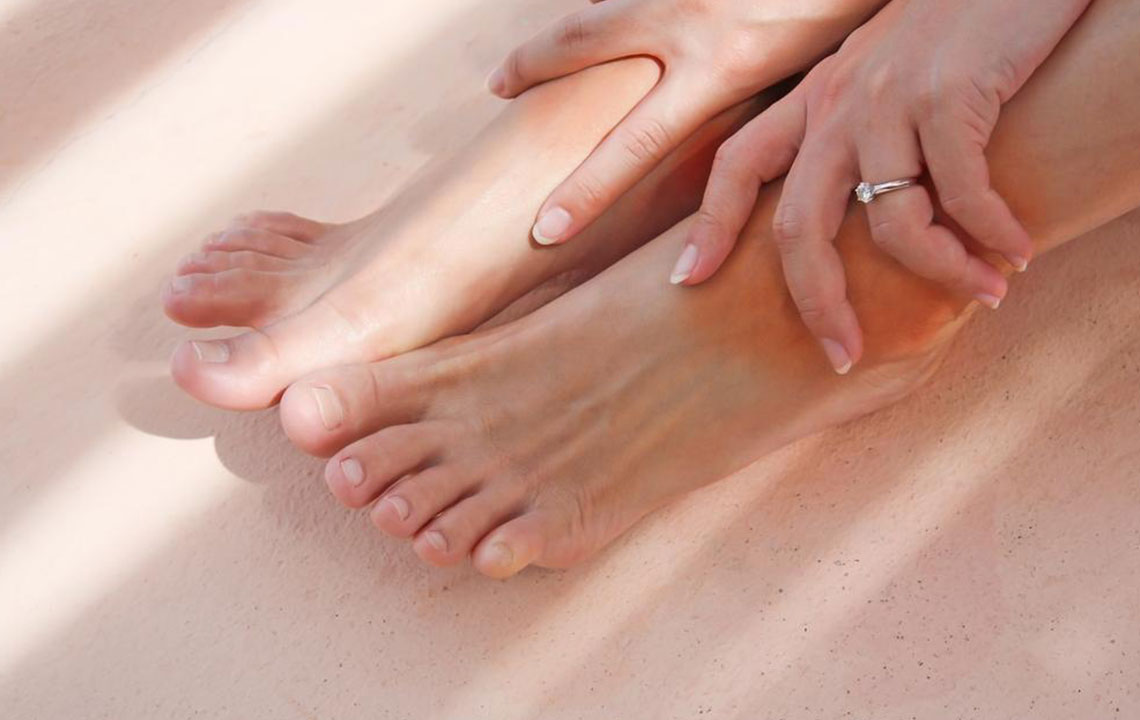Effective Strategies to Manage Restless Legs Syndrome
Learn effective ways to manage Restless Legs Syndrome, including lifestyle changes, home remedies, and medical options. Discover causes, symptoms, and treatment tips to alleviate discomfort and improve sleep quality. Consult a healthcare provider for personalized care and proper diagnosis to control RLS effectively.

Effective Strategies to Manage Restless Legs Syndrome
Restless Legs Syndrome (RLS) is a neurological disorder characterized by an uncontrollable urge to move the legs, often accompanied by uncomfortable sensations like tingling, burning, or aching. These symptoms typically occur during periods of rest or sleep, disrupting rest and leading to fatigue, irritability, headaches, and mood fluctuations. Although more common in older adults and women, RLS can affect anyone. Recognizing underlying causes such as pregnancy, obesity, nerve issues, or deficiencies is essential for effective management.
Symptoms often include itching, tingling, or throbbing sensations that may also affect the arms. Key causes include pregnancy, excess weight, nerve disorders, iron deficiency, and certain medications. Chronic illnesses like Parkinson’s, diabetes, thyroid problems, or kidney disease increase susceptibility. Medications for allergies, depression, or nausea might also trigger RLS.
Management mainly involves addressing the root causes, such as correcting deficiencies or treating underlying conditions. Lifestyle changes like adopting a consistent sleep routine, reducing alcohol, caffeine, and tobacco intake, and engaging in regular exercise can alleviate symptoms. Massage, heat or cold therapy, and vibrating pads can provide immediate relief. Staying active and avoiding prolonged immobility are crucial strategies.
RLS is classified as primary or secondary. Primary RLS often appears after age 40 with no specific cause and may resolve spontaneously. Secondary RLS is linked to health issues like iron deficiency or medications, which can be managed with supplements like iron or medications such as pramipexole, cabergoline, rotigotine, or ropinirole. Consulting a healthcare provider is essential before beginning any treatment plan.
The goal of managing RLS is to reduce symptoms and improve sleep quality. Addressing related conditions like sleep apnea, neuropathies, or deficiencies is also important. Techniques like maintaining a regular sleep schedule, gentle stretching, warm baths, puzzle-solving, and leg movement can help at home. Practices such as deep breathing, yoga, and limiting screen time before sleep are beneficial for symptom relief.










